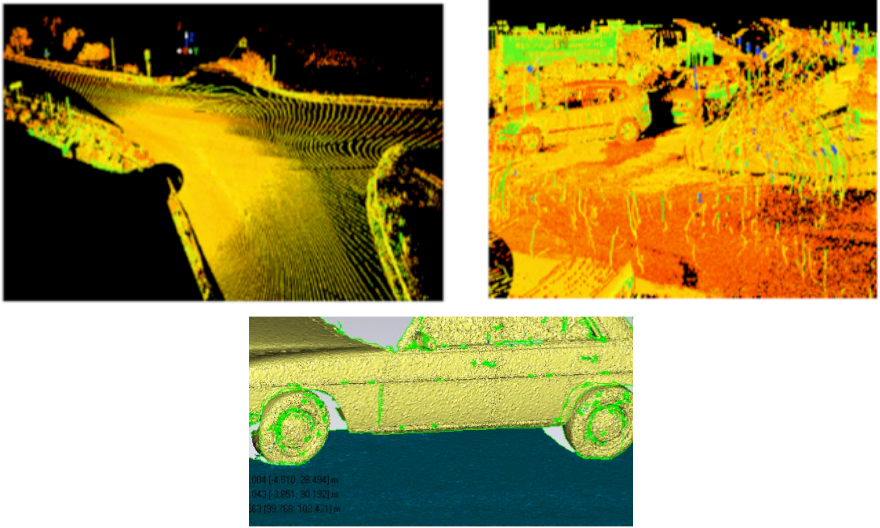
Intersections are a critical part of the European road network, representing a small fraction of its overall size, but concentrating more than a fifth of the fatalities in road accidents. The effectiveness of various junction layout treatments aiming to reduce road accidents and fatalities is being actively researched. In-depth accident investigation is a tool assisting not only the detailed identification of accident causes but also the design of the appropriate countermeasures. The importance of true and precise road geometry becomes very important in this context and the requirements for accurate 3D road design become so demanding that conventional 2D approaches are often insufficient. The aim of this paper is to present a practical example of implementing 3D laser scanning technology, and specifically terrestrial laser scanners and imaging total stations, as part of topographical survey for road design and road safety analysis. Road safety measures implemented at junctions are among the most promising road safety measures, given that they are generally associated with very satisfactory costbenefit results. However, it is recommended that cost-benefit ratios and safety effects are always examined in conjunction with each other. Accurate 3D models of the studied intersections can assist the researchers and decision makers in studying these interactions and developing more accurate evaluations of junction improvement schemes.
| ID | pc144 |
| Presentation | |
| Full Text | |
| Tags | intelligent systems, road infrastructure |







